Burns Bog has a long history. During the 5,000 years the bog has been in existence, it has meant many different things to many different people. The bog is recognized as being globally unique because of its rare flora and fauna, natural habitat for the large variety of wildlife and for its unusually large land mass. It is located near the mouth of the Fraser River in lower British Columbia and is the largest raised bog on the west coast of North America and is also one of the largest in the world. It contributes to global biodiversity because of its storage of greenhouse gases, its importance as a nature reserve and as a wilderness area. Burns Bog has a story to tell.
In its early days, the First Nations People, comprised of the Tsawwassen, the Semiahmoo, the Katzie, the Musqueam, the Squamish and the Sto:lo Nations set up temporary villages in the bog during the summer months coinciding with the salmon runs. They hunted and gathered food using many of the unique plants in the bog for much of their necessary requirements.
Plants were used for medicinal purposes such as removing corns and warts; as good luck charms for fishing; for treatment of skin ailments and as a medicinal drink. Some of the leaves were dried to make a tea or used for ailments such as sore throats and colds. Some roots were used to make ropes while the bark of some trees were used for medicinal purposes. Other parts of plants were used for collecting marine shells which were traded or used as currency. Many of the forty species of peat moss (spagnum) were used as feminine hygience products, diapers and bedding. Many of the edible berries were harvested and dried to add to their winter food supply. The berries were an important source of their diet.
Burns Bog continues to remain an important aspect in First Nations mythology and also in terms of cultural, traditional and current uses. Burns Bog was controlled by the United States Army during World War II to use the peat moss to refine magnesium to be used for artillery shells. But it was never used for that purpose. Between the 1930's and 1984 a thriving business was conducted in the harvest of peat moss. This threatened the many beautiful and rare plants within the bog.
The Burns Bog Conservation Society, officially established in 1988, has been focused on protecting the Bog, fighting further development in order to preserve the ecological integrity of Burns Bog. The outside edges of the bog have already been disturbed with a landfill site, drainage ditches and adjacent blueberry farms. Even assuming there was no further disturbance to the bog, the damaged portion, due to its slow growth, would take 50 - 100 years to renew itself. Farming and other development is slowly eating away some of the areas of the bog so that intrusive non-native plants such as scotch broom and blackberry bushes are becoming a problem as they intrude into the bog. Visitors also, walking on other than designated trails, have further impacted the environment of the bog.
With development, greenhouse gases are released. Keeping the bog intact will slow the acceleration of global warming. Bogs are important because they filter the air and water, release oxygen, soak up potential flood waters and release nutrients into the river for the fish. The bog is known world-wide by environmentalists.
It is also home to more than 150 species of birds, insects, the rare Mariposa butterfly and a rare dragonfly. Many animals such as red fox, bobcat, beaver, porcupine, and blacktail deer inhabit the bog. It is also a habitat for many threatened and endangered species such as various Heron, the Trumpeter Swan, barn owls and the Greater Sandhill Crane. In First Nations mythology, it is said that the Sandhill Crane 'darkened the skies' with its great migratory numbers during their annual arrival to the Lower Mainland each spring. At last count there were between 9 and 11 of them.
Several major blazes have threatened Burns Bog in recent years. Because of the methane and rich peat, a fire can burn for months at a time. In 1996 Vancouver was covered in smoke and ash for two days, destroying 170 hectares. With each fire there has been substantial damage to the bog which will require many years to renew itself.
It is most people's belief that civilization should not be allowed to intrude on an area that offers so much to our community. On March 24, 2004, the government of British Columbia purchased 5,000 acres of Burns Bog. Hopefully this will ensure the preservation of flora and fauna dependent upon the bog for its survival and protect the numerous wildlife species whose home it is. The need to protect Burns Bog is still far from over.
Monday, April 27, 2009
Subscribe to:
Post Comments (Atom)

























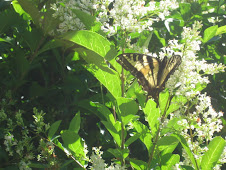















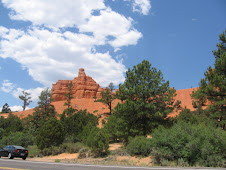
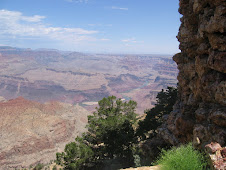
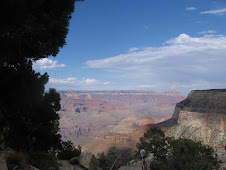
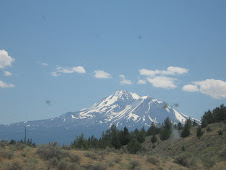



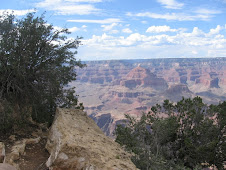
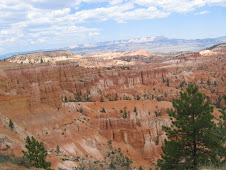




























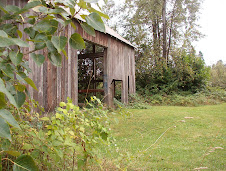




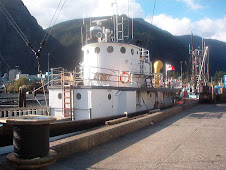

No comments:
Post a Comment